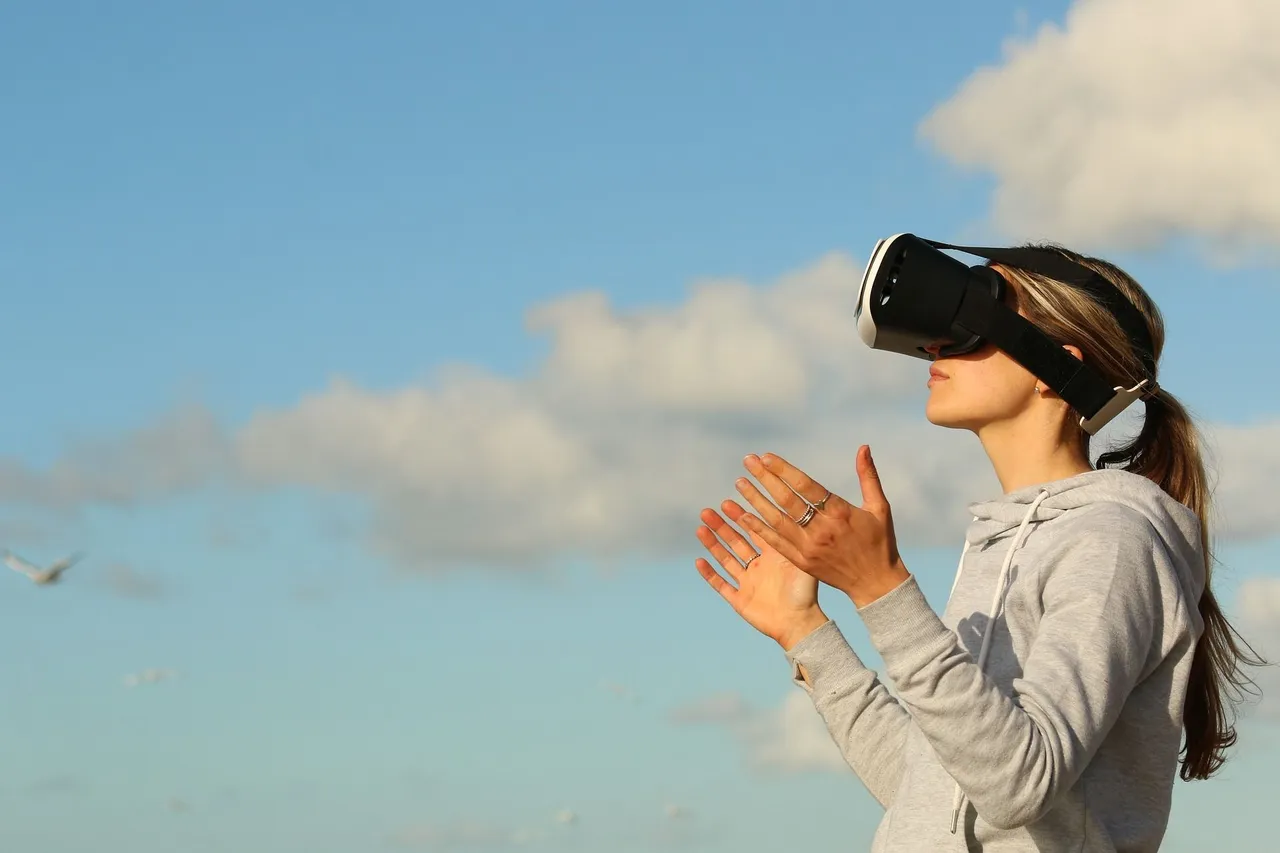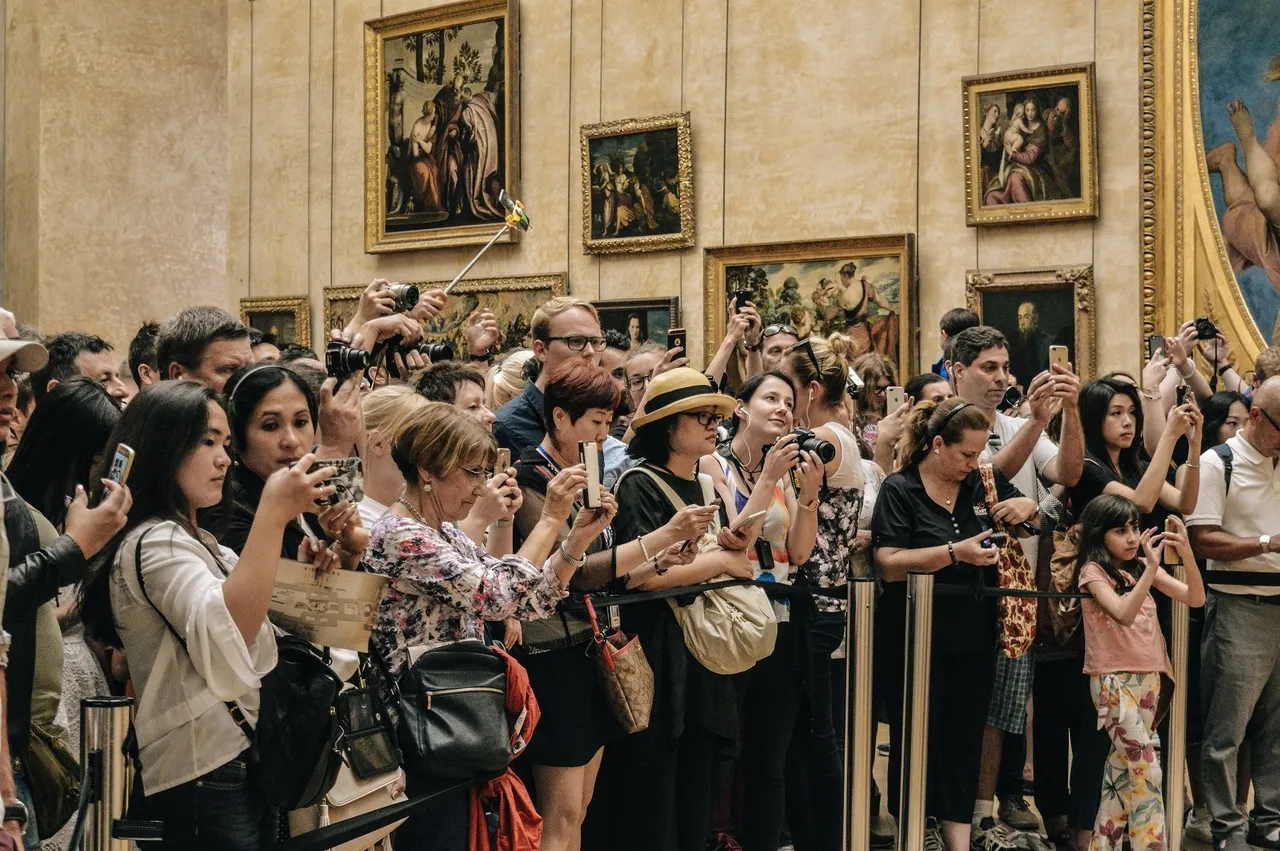The State of Immersive Technology: Virtual Reality & Augmented Reality Markets
In this report, we’ll take a look at the emerging applications of virtual and augmented reality tech in various industries, from retail to healthcare, covering some of the most promising use cases. This report will be useful for executives and team leaders looking to innovate, improve operational efficiencies, cut costs, and drive better business outcomes with thought-out VR/AR application.
AR Is Leading the Way
It’s important to note that organizations using immersive technology prefer investing in AR, not VR. There might be numerous explanations to this, but the simplest one is that AR allows real-world applications while VR is purely virtual and mostly carries intangible benefits, like improved skills. Not to mention that AR is cheaper and people can start using it with just their smartphone and no additional gear.
AR is becoming a serious production optimization tool. According to some estimates, at least a quarter of all of the AR projects are being implemented at industrial/manufacturing companies. This further reinforces the notion that immersive tech is here to stay, as it’s ‘conquering’ larger enterprises.
VR/AR for Augmented Training
It’s evident that nothing compares to real-world experience. The other end of this spectrum is theoretical learning, which anyone has to go through before the actual practice, be that driving a vehicle or learning how to repair a production line. VR/AR-enabled training capabilities are meant to bridge the gap between investing precious resources into practical skills and spending too much time on theory.

VR is a component of digital reality
This is also reinforced by how humans naturally absorb information and learn. Over 65% of people are visual learners, i.e. those who are more susceptible to learning in a visual format. The rest of the major learning methods (kinesthetic and auditory) can also be entirely covered by VR/AR, as they engage all of these senses.
As the technology continues to evolve and become more accessible, enterprises are becoming increasingly more interested in leveraging AR/VR for training and operations. For example, just last year, Accenture, one of the biggest consulting firms in the world, acquired 60000 VR headsets for employee training. Volkswagen has managed to reduce training time for the assembly of T6 multivan by 50% by introducing VR in the training experience.
Needless to say, this creates a significant ROI for the whole training and onboarding process.
The opportunities presented by the virtual and augmented reality market across industries are bountiful:
- Using VR/AR to train medical professionals in equipment operations, diagnosis, and teamwork
- Training military and police personnel by simulating combat and emergencies. For example, NYPD is training its force to deal with active shooters in VR simulations.
- Making sure that employees are continuously educated on workplace safety and hazards.
- Training on customer relationship management for the travel and leisure industry.
- Training for extreme conditions and emergencies, like astronaut training at NASA.
It’s also important to note that VR/AR-based learning has the potential to significantly lower the cost of training:
- Employees don’t have to travel for practical exercises.
- VR/AR is incredibly scalable as the equipment is affordable, and software can be reused for an unlimited number of times.
- Safety and equipment integrity don’t have to be compromised, as everything happens in the digital world.
- The cost of training goes down with time, as the initial cost of producing a training program in VR gets shared among the numerous employees that reuse it.
VR/AR to Wow Customers and Prospects
According to Grand View Research, the global AR market is set to grow at an unprecedented CAGR of 40.9% from 2022 to 2030. This development opens up new opportunities in marketing and advertising through immersive experiences, since around 50% of people globally are using different types of ad blockers to improve their experience.
And this is where immersion could break the spell. Over a third of AR users consider marketing and advertising applications of the technology to be the most promising. It’s obvious why. Consumers want to be convinced and wowed. VR and AR provide the perfect opportunity to do that, especially when most people already carry a device that can enable this (like smartphones and tablets).
Audiences treat product placement in VR a lot better than in traditional forms of advertising. One obvious explanation would be that VR is simulating the real world, where product placement is everywhere, from the bottle of Pepsi on your table to the strategically placed candy bar under your car’s windshield.

Those intending to purchase a VR/AR device
If You Do It, Do It Right
While it may be harder to get a VR/AR marketing campaign off the ground due to higher costs, it’s also important to remember that the revenue potential, as well as brand recognition growth, can also be significant. This is where you have to figure out if it makes sense to launch this type of a campaign, and whether to do it on your own or engage an experienced VR/AR production partner. Otherwise, you might end up worse off. For example, a study by Purdue concluded that AR ads are significantly less effective than display ads, as 53% fewer people can recall AR ad elements.
It can be argued that it’s all about the execution and not just the fact that you’re running a VR/AR campaign. There are plenty of examples of successful immersive campaigns. Augmented reality can deliver over a minute of dwell time on your ad, with 30%+ conversion rates. Land Rover was able to keep users engaged past the 2-minute mark with their Land Rover Velar ad, achieving an impressive 38% CTR.
Polar Studio has found out that dwell times on AR ads are four times longer than mobile video.
Emerging VR/AR Use Cases by Industry
It’s critical to note that when it comes to VR/AR projects, execution is the key. Even the most appropriate use case and the best idea for it may fall flat if you’re not properly executing it. That might mean anything from finding the right talent outside of your company to postponing the project until you have the budget to pull it off. Below is a list of use cases for VR/AR across multiple industries. We accumulated them working with clients and prospects, as well as through our never-ending research of the industry. These use cases mostly are not mentioned before in this report.
VR/AR in Manufacturing
Reduced Assembly Errors
An AR-enabled device can be used to inspect parts and identify faults or misalignments. In this scenario, the device overlays an image of the part in its perfect condition (i.e. how it’s supposed to be built), and the technician then compares it to the results of their assembly.
Improved Supply Chain Management (SCM)
Anything from remote collaboration with suppliers and colleagues in other warehouses to safety warnings and inventory counts. This could be achieved with immersive tech, reducing SCM frictions and improving the processes down the supply chain.
VR/AR in Retail
According to Valuates Reports VR in retail market is going to reach $5455 million by 2028 at a CAGR of 13.82%. This is an excellent opportunity for retailers looking to capture even more market share.
Virtual Shopping and Dressing Rooms
It’s one of the main reasons why brick-and-mortar is still a thing. People want to try on items, see how they fit their wardrobe, their environment, and personal parameters. This logic can be applied to a myriad of retail goods. Selling backpacks? Your customers might want to see how they look on them. Selling makeup? A virtual makeup studio can showcase your products without consumers actually applying them.
Virtual Store Layouts
Building the layout of your future store in VR before actually committing to it can be a saving. With standard inventory across regions and countries, such VR application can be infinitely scalable and useful for your potential stores across the globe.
VR/AR in Healthcare
With the unrivaled focus on innovation, healthcare organizations are already exploring high-impact VR/AR applications.
Visual Disorder Treatment
Opting for healthcare mobile app development with VR components, healthcare professionals can cure a variety of visual disorders by building VR/AR exercises for eyes. In this case, instead of performing an imagined sequence of actions, patients go through an immersive experience designed to directly help their condition.
VR/AR-Assisted Surgery
In this scenario, immersive technology can be used to superimpose diagnostic images over the surgery area. Such applications can also create a ‘transparency’ effect when the surgeon can see a virtual image of internal organs while performing a surgery. This could greatly improve patients’ safety.
Virtual Reality for Mental Disorders
VR applications for mental disorders could be set up to run exercises that treat anxiety. They can also place the patient in a more calming setting, improving the overall therapy immersion and experience.
VR/AR in Automotive
Virtual Car Configurator
Sure, you can look at the car at the dealership. But will they have a model with all of the options that you might want to purchase? Would a computer rendering of the options do them justice? With virtual showrooms that could showcase every option available, dealers could close that gap and even make it an exciting part of the car shopping experience.
Augmented Car Repair
Similar to AR applications in manufacturing, car repair shops can use AR to visually inspect vehicles, verify repairs, view diagnostics in real time, and even request parts directly from the manufacturer.
Conclusion
There’s nothing virtual about the direct impact of VR and AR on businesses across the globe. Industry leaders have to make an effort and explore how immersive technologies can be applied in their niche.
It’s essential to learn from competitors or innovate if the competition is falling behind. However, companies have to be careful with use cases and execution, since a bad VR/AR experience may damage your brand or, if it’s used for internal purposes, even decrease productivity.
Looking for an experienced VR/AR development partner?



















